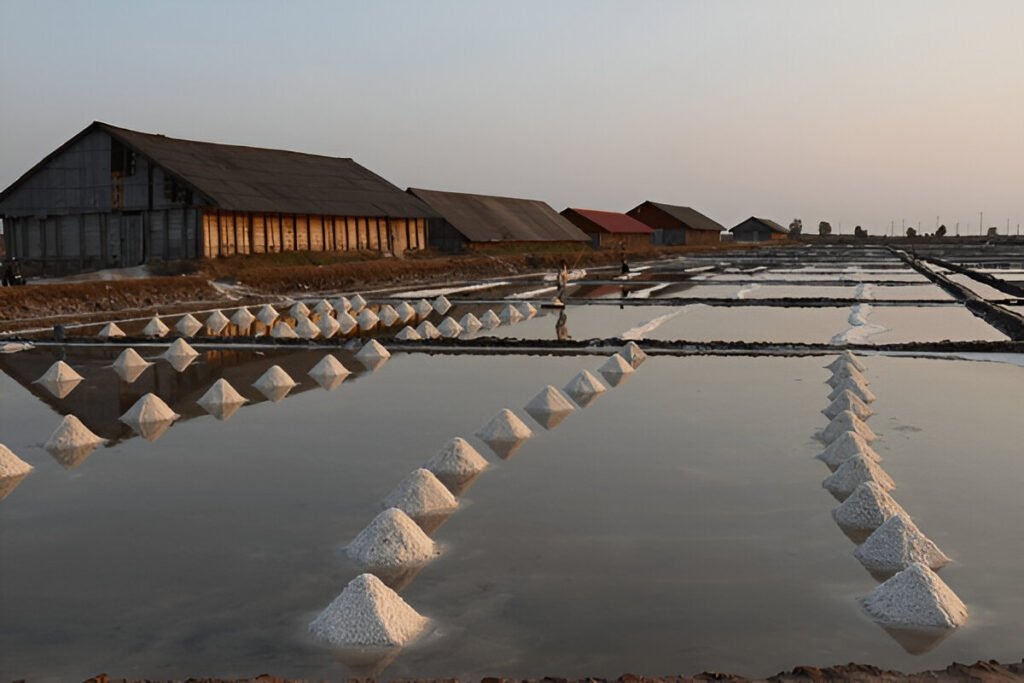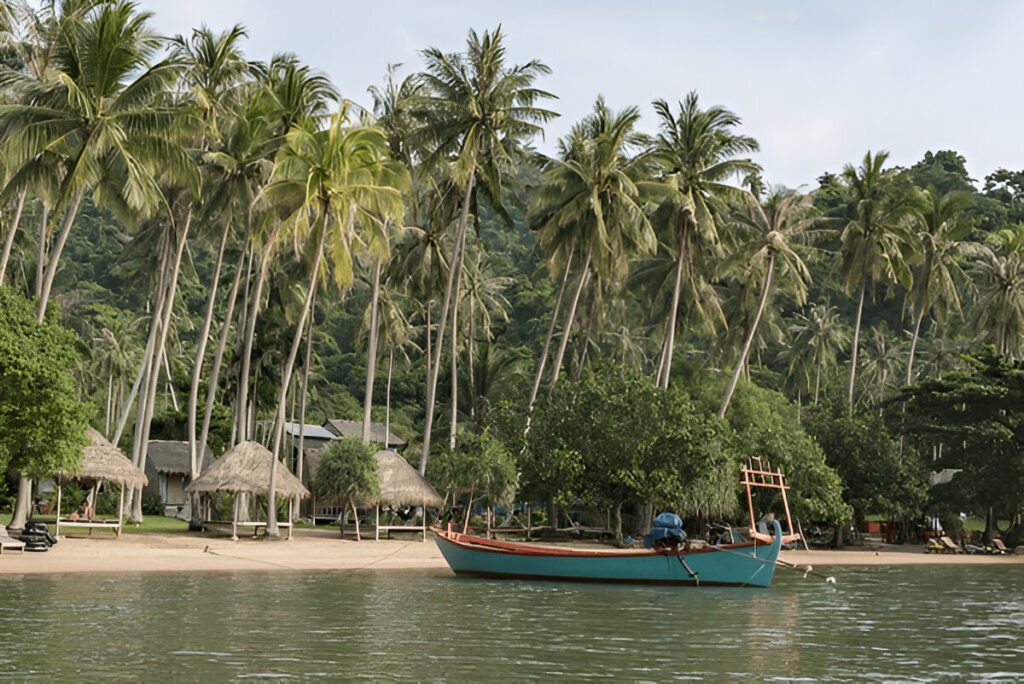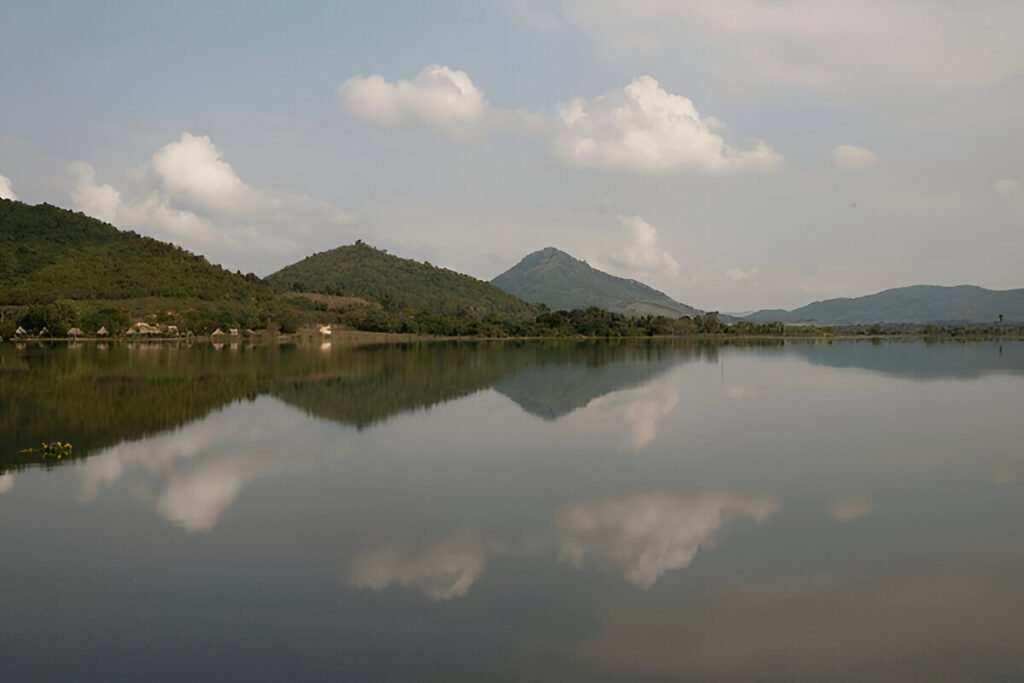Introduction:
Nestled amidst the verdant hills and sloping valleys of Changping District in Beijing, lies the majestic Ming Tombs, a UNESCO World Heritage Site and a must-see destination for history buffs and cultural explorers alike. Known in Chinese as "Ming Shisan Ling," which translates as "The Thirteen Tombs of the Ming Dynasty," this complex is the final resting place of 13 emperors of the Ming Dynasty, their empresses, and their concubines.
Unveiling the Mysteries: The Grandeur of Ming Tombs
The Ming Tombs are a spectacular testament to the grandeur of Chinese history, architecture and culture. The complex spans over a sprawling area of 120 square kilometers, comprising thirteen royal mausoleums, seven concubines’ tombs, and a tomb for eunuchs. These tombs, built with intricate designs and meticulous detail, are a fascinating insight into the traditional Chinese principles of Feng Shui and cosmology. Each tomb is ensconced within a separate peaceful valley, with buildings and structures arranged according to the sacred Chinese belief in harmony between heaven and earth.
The tombs are connected via the Sacred Way, also known as the Divine Road, a seven-kilometer-long route brimming with stone statues of mythical animals and imperial court officials. The grandeur of the Ming Tombs is further exemplified in the majesty of the Changling Tomb, the largest and most well-preserved tomb in the complex, belonging to the Yongle Emperor, the most famous emperor of the Ming Dynasty. Unveiling the mysteries of the Ming Tombs is akin to peeling back the layers of time, and being transported into the heart of China’s glorious past.
Sacred Spaces: The Majestic Final Resting Place of China’s Emperors
The Ming Tombs are not just a mere historical site; they symbolize the reverence and sanctity with which the Chinese regard their emperors. The well-preserved tombs with their grand halls, stone carvings, and imperial thrones, provide a unique peek into the lives of these rulers and a rich portrayal of Chinese burial customs and beliefs about the afterlife.
The Dingling Tomb is the only excavated tomb and offers tourists an opportunity to explore the underground palace where the Wanli Emperor and his two empresses rest. Filled with a palpable sense of mystery and solemnity, the underground palace displays precious relics and artifacts, including the imperial coffins and burial articles. A visit to the Ming Tombs is not just about witnessing the grandeur of China’s imperial history, but also about experiencing the sacredness and solemnity of these final resting places.
Description of the Attraction:
The Ming Tombs, adorned with intricate stone carvings, stately statues, and solemn silence, create a mystical and serene environment. Here, you can walk along the Sacred Way, lined with 18 pairs of stone human figures and animals, learn about the Ming Dynasty’s history in the memorial hall, or explore the underground palace at Dingling. The tombs’ aesthetic and cultural appeal is greatly enhanced by the surrounding scenic beauty, with lush green hills offering a stunning backdrop.
Things to Do:
Visitors can tour the Changling Tomb, the Dingling Tomb, and the Zhaoling Tomb, which are open to the public. Apart from appreciating the tombs’ architectural grandeur, you can also visit the Changling Exhibition Hall to see cultural relics unearthed from the tombs. Don’t miss the opportunity to stroll along the Sacred Way, a path adorned with stone statues of animals and officials.
Local Tips:
The best time to visit the Ming Tombs is in spring or autumn when the weather is pleasant. As the area is vast, it’s advisable to wear comfortable shoes. Don’t forget to bring a hat or an umbrella to protect against the sun or rain.
How to Get There:
The Ming Tombs are approximately 42 kilometers from central Beijing. You can reach the site by bus, taxi, or a guided tour. The journey typically takes about an hour from central Beijing.
Nearby Attractions:
While in Changping District, you can also visit the Great Wall at Badaling or Juyongguan, both are within 20 kilometers of the Ming Tombs. The nearby hot springs resort is another popular attraction.
Conclusion: The Ming Tombs, with their grandeur and solemnity, offer an unforgettable journey into China’s imperial past. Don’t miss the chance to walk along the Sacred Way, explore the tombs, and witness the legacy of a dynasty that ruled for over 200 years. The Ming Tombs are not just a historical site, they are a testament to China’s rich culture and heritage, and a must-see for anyone visiting Beijing.






